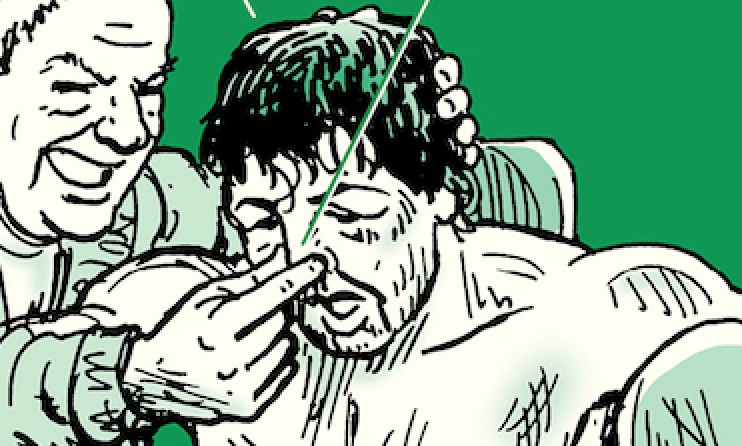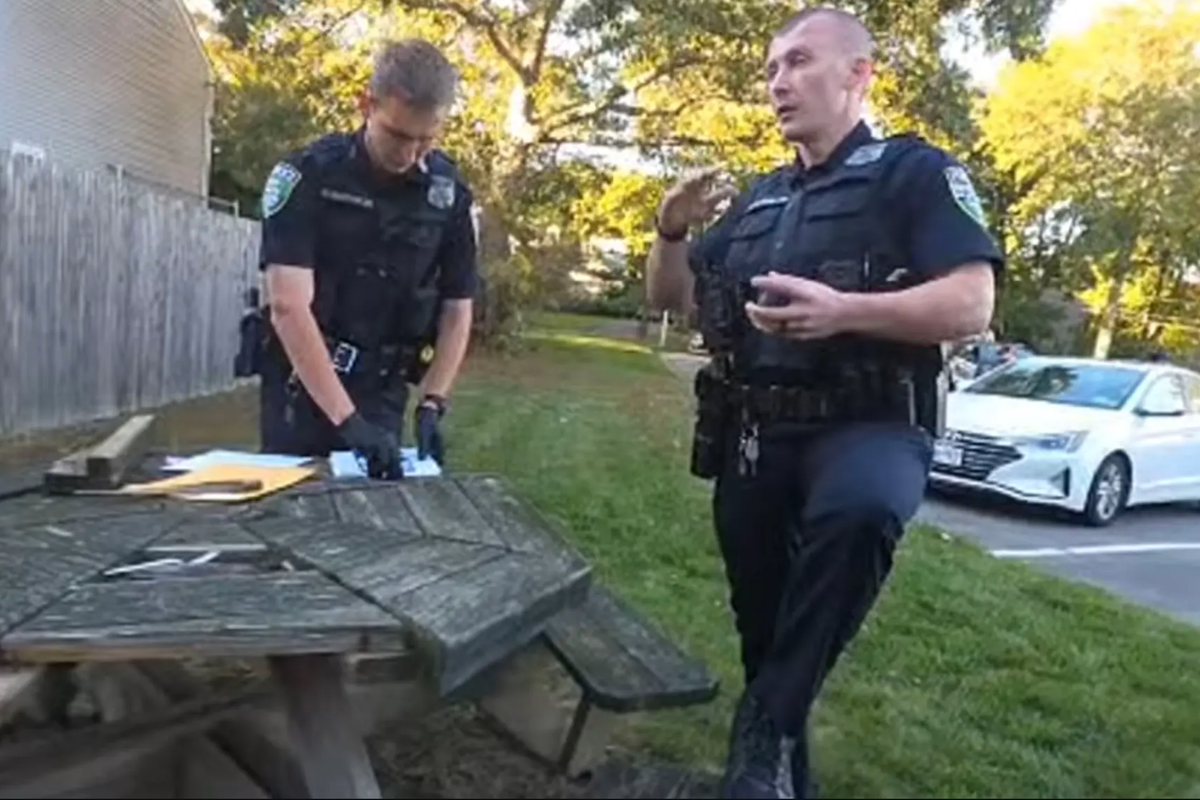
By Liz Carey
A new report found that mobile health clinics can provide rural communities with access to healthcare in areas where healthcare facilities and healthcare workers may be scarce.
The report from the Georgetown University Center on Health Insurance Reform looked at more than 160 studies about mobile healthcare clinics. The study found that these “doctor’s offices on wheels” can improve health for both individuals and their communities, while reducing healthcare costs. Additionally, the mobile clinics expand the healthcare workforce by giving healthcare workers hands-on training in their field.
“One of the key things is that it obviously brings care closer into the communities and overcomes a lot of geographic and transportation-related barriers, which prevent a lot of rural patients from accessing care. We saw in some studies that folks had to drive 30 or 60 miles to get their care,” Maanasa Kona, associate research professor with the Center on Health Insurance Reforms, said in an interview with the Daily Yonder.
“The other big element is that telehealth has gained a lot of prominence, especially since the Covid-19 pandemic, but a lot of rural communities still face barriers to accessing telehealth services because of various issues related to broadband access.”
In some cases, Kona said, mobile health programs were able to partner with hospitals and other telehealth providers, and bring with them a hot spot so local providers could combine in-person care with telehealth specialists.
According to Mobile Health Map, an estimated 3,000 “doctors’ offices on wheels” operate across the country. That’s double what a study in the American Journal of Managed Care found in 2014. A decade ago, research estimated 1,500 mobile clinics received some 5 million visits per year while providing services to “vulnerable populations.” The Mobile Health Map grew out of those initial research forays and now shows the location of mobile health programs nationwide.
More than just providing access to hospital services, the CHIR study found, mobile clinics bring other services such as mental health and behavioral health services, dentistry, and preventative care like mammography and cancer screenings to rural communities.
“First, of course, is access to chronic disease screening and vaccination services, but in other places we’re seeing it being used in mental health services and access to methadone and buprenorphine and substance-abuse disorder medication that is harder to come by in rural areas,” Kona said. “We’ve also seen vision care and dentistry, but those tend to be more focused on school-age kids and nursing home populations.”
In some rural communities, mobile clinics are being used as community paramedicine services or mobile integrated healthcare. Those mobile health programs use the local EMS system to provide ongoing care to people who may have challenges caring for themselves during an illness.
“These might be folks who’ve been released from the hospital to their home, and they will get post-release support through the EMS system. In these instances, the EMTs and paramedics) will come check in on them and provide some ongoing care to ensure that there is not as much readmission (to the hospital),” she said.
“And we’ve seen EMS workers providing more preventive and chronic disease management services for rural populations in a bid to reduce emergencies and to keep their condition from escalating to an emergency.”
The research found that mobile health programs don’t just expand access to healthcare — they also provide measurable clinical and financial effects. Studies showed that the programs had better health outcomes, higher patient satisfaction, and more continuity of care. Researchers found examples of patients in areas served by mobile health programs as having lower blood pressure, less tooth decay, and earlier diagnoses of cancer. The programs also resulted in a reduced number of emergency department visits and fewer hospitalizations, which lowered costs for both the patients and the hospitals.
“Expanding mobile health is a cost-effective way to increase the availability and proximity of care sites — expanding the reach of fixed-site facilities and telehealth, particularly in rural areas, or operating independently in areas that fixed-site facilities and telehealth can’t reach — while complementing the efforts to address workforce shortages,” the study found.
Mobile programs also help to develop the healthcare workforce, the research found. The programs provided a culturally competent workforce pipeline that got hands-on training. But the programs also increased the workforce pipeline outside of the healthcare sector, studies showed. Areas where there were mobile health programs saw a drop in minor crime and arrests, and helped to curb the spread of infectious disease which, in turn, prevented educational losses.
Still, more needs to be done, the researchers argued. In order to create a solid foundation of data on the effectiveness of mobile health programs, the researchers said policy makers need to work on standardizing data collection across mobile health programs and track the use of various healthcare systems, like mobile health, telehealth, and fixed-site care.
Use of each of the systems by different populations across time would also help foster a better understanding of how each healthcare delivery system is used, the study found. More funding is needed to do more research on effective mobile health programs and to build mobile health programs for use in rural and other underserved communities.
“Mobile health is a real option for improving access. It’s not something to look into when you have a little bit of extra funding to put towards it as a side project,” Kona said.
“Thinking about it systematically, instead of as ad hoc funding, and finding a way to make it work with all of the other existing pieces of the puzzle in the healthcare delivery system in a rural area can help supercharge the ability of all of these providers to reach people.”
This article first appeared on The Daily Yonder and is republished here under a Creative Commons Attribution-NoDerivatives 4.0 International License.![]()
—
Previously Published on dailyyonder.com with Creative Commons License
***
–
The world is changing fast. We help you keep up.
We’ll send you 1 post, 3x per week.
Join The Good Men Project as a Premium Member today.
All Premium Members get to view The Good Men Project with NO ADS. A complete list of benefits is here.
—
Photo: iStock

.jpeg)
































 English (US) ·
English (US) ·